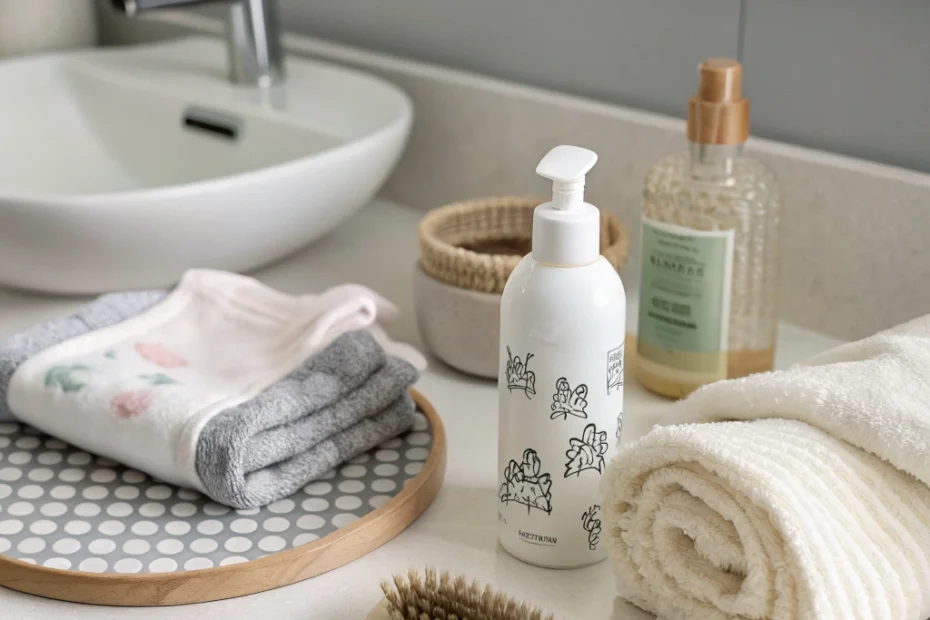At-a-Glance
Scratching is a natural behavior for cats, but it can become a problem when your furniture becomes their favorite target. Understanding why cats scratch and how to redirect this behavior can help you maintain a harmonious home. Cats scratch to mark territory, sharpen their claws, and stretch their bodies. By providing appropriate alternatives and understanding their needs, you can protect your furniture while keeping your cat happy.
How to Choose
Choosing the right cat furniture is crucial to redirect your cat’s scratching behavior. Look for sturdy, durable options that can withstand vigorous scratching. Consider the material—sisal, carpet, and cardboard are commonly used for scratching posts and pads. The height and stability of the furniture are also important; taller posts allow for a full stretch, which many cats enjoy. Additionally, observe your cat’s preferences. Some cats prefer vertical surfaces, while others may opt for horizontal ones.
Safety & Setup
Ensuring the safety of your cat furniture is essential. Check for any loose parts or sharp edges that could harm your cat. Secure the furniture to prevent tipping, especially if your cat is energetic. Place the furniture in areas where your cat already likes to scratch or near their favorite resting spots. This strategic placement can encourage them to use the new furniture instead of your couch or chair.
Core Pillars
Understanding the core pillars of cat scratching behavior can help you address the issue effectively. These pillars include marking territory, maintaining claw health, and physical exercise. Providing a variety of scratching surfaces can support these needs. Regularly trim your cat’s claws to reduce damage to furniture. Engaging your cat in interactive play can also help expend energy and reduce the urge to scratch furniture.
Placement & Environment Tips
Strategic placement of cat furniture can make a significant difference. Place scratching posts near windows or in rooms where your family spends a lot of time. Cats are social creatures and often prefer to scratch where they can observe their surroundings. Consider adding cat trees or shelves to create vertical spaces, which can satisfy their climbing instincts and provide additional scratching surfaces.
Comparison with Alternatives
While cat furniture is a popular solution, there are other alternatives to consider. Soft claw caps can be applied to your cat’s claws to minimize damage, though they require regular maintenance. Double-sided tape or aluminum foil on furniture can deter scratching, but these are temporary solutions. Training your cat with positive reinforcement, such as treats or praise when they use their scratching post, can be effective over time.
FAQs
Why do cats scratch furniture? Cats scratch to mark territory, sharpen their claws, and stretch their muscles. It’s a natural behavior that can be redirected with appropriate furniture.
How can I encourage my cat to use a scratching post? Place the post in a prominent location and use catnip or toys to attract your cat. Reward them with treats when they use it.
Are there specific materials that cats prefer for scratching? Many cats prefer sisal, carpet, or cardboard. Observing your cat’s behavior can help you choose the best material.
What to Do Next
Now that you understand how to stop cats from scratching furniture, consider assessing your home for potential improvements. Observe your cat’s behavior and preferences, and choose the right cat furniture to meet their needs. Remember to be patient and consistent in redirecting their scratching habits. If you have concerns about your cat’s behavior or health, consult your veterinarian for personalized advice.
Disclaimer: Always consult your veterinarian for personalized advice regarding your cat’s health.
